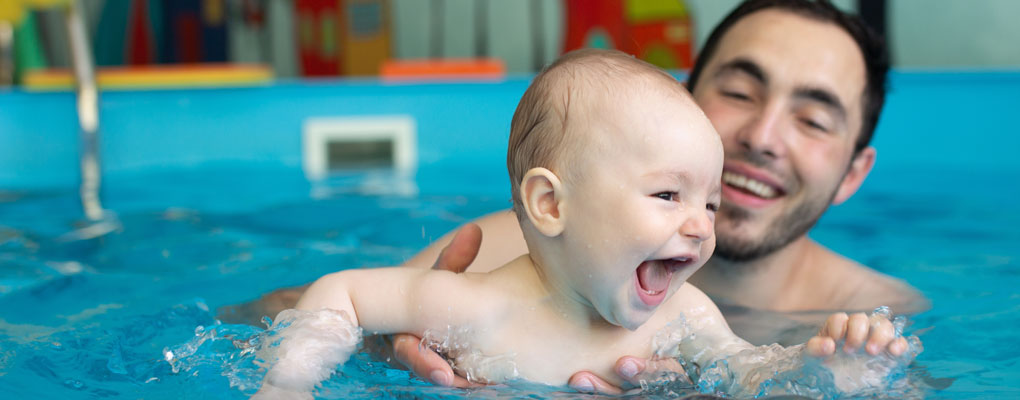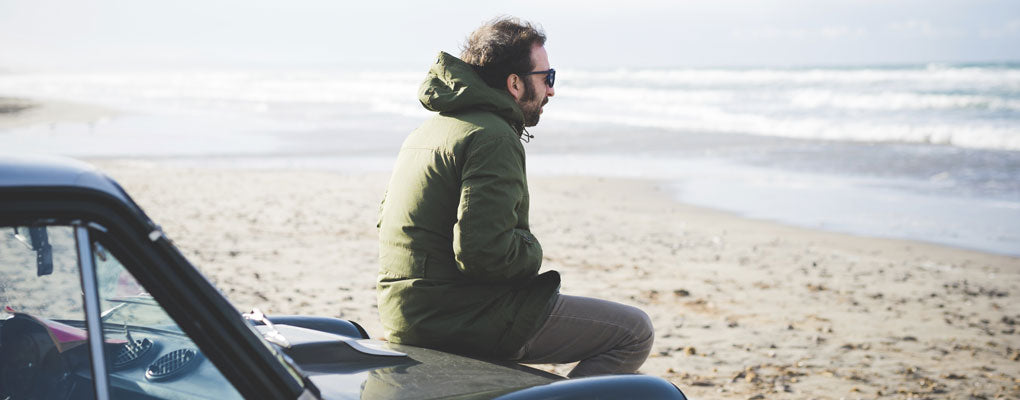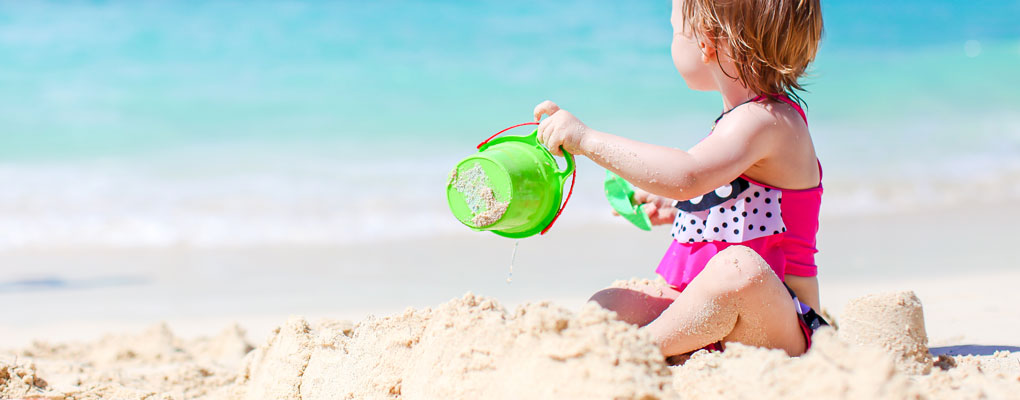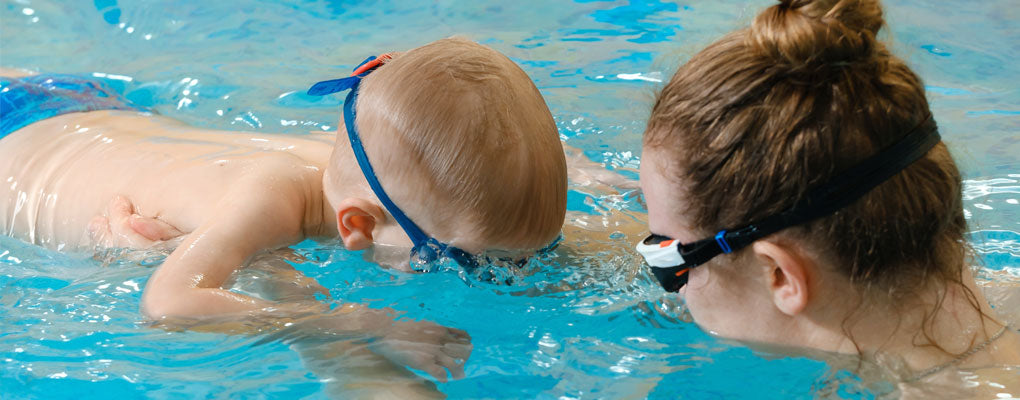Why the water is one of the best places for young children to grow — inside and out
When we think of swimming, it’s easy to picture toned arms, strong legs, and endless energy. But for children aged six and under, time in the pool — or splashing at the beach — does so much more than build physical strength. It’s an experience that shapes their confidence, fine-tunes their coordination, and strengthens their connection with you.
Whether your family prefers the gentle ripples of a community pool or the salty embrace of the ocean, swimming offers lifelong developmental benefits that start well before they master their first stroke.
1. Confidence: Conquering the Water, One Splash at a Time
Water can feel mysterious and even a little intimidating to young children. Learning to navigate it — with you nearby — gives them a powerful sense of achievement.
-
Facing fears gently: Small victories, like putting their face in the water or floating on their back, teach them that they can do challenging things.
-
Pride in progress: The step-by-step nature of swimming — from blowing bubbles to gliding independently — creates constant opportunities for your child to feel proud of themselves.
-
Transferring skills to life: This growing self-assurance often spills over into other areas, like starting school or trying new activities.
💡 Tip: At the beach, shallow tidal pools can be a safe, calm way to let little ones explore without overwhelming waves.
2. Coordination: Moving Mind and Body in Sync
Swimming is a full-body workout in disguise. For children under six, it strengthens more than just big muscles — it also boosts fine motor control, balance, and even cognitive skills.
-
Whole-body engagement: Kicking, paddling, and keeping afloat work multiple muscle groups at once.
-
Brain-body connection: Coordinating arms, legs, and breathing trains the brain to manage complex, timed actions — a skill that supports everything from sports to handwriting.
-
Core strength for everyday life: Stronger core muscles help with posture, stability, and even running or climbing in the playground.
💡 Tip: Keep toddlers and preschoolers in calm, shallow ocean spots — think lapping edges, not breaking waves. Even in ankle-deep water, they can explore and develop balance with your hands close by.
3. Connection: Bonding Through Shared Experiences
Swimming can be one of the most joyful ways to connect with your child. It’s not just about the physical closeness — it’s the shared laughter, teamwork, and trust.
-
Eye contact and touch: Being in the water naturally involves more physical contact and face-to-face moments, which boost emotional security.
-
Teamwork and trust: Your child learns that they can rely on you to guide, support, and celebrate their efforts.
-
Family traditions: Whether it’s a Saturday morning pool trip or an annual beach holiday, swimming can become part of your family’s story.
💡 Tip: Turn post-swim time into a bonding ritual — wrapping them in a towel, sharing a warm snack, or talking about the “best splash” of the day.
Making the Most of Water Time
-
Keep sessions short and fun — 20–30 minutes is plenty for little ones.
-
Alternate between structured learning and free play.
-
Always stay within arm’s reach, especially in open water.
-
Use age-appropriate safety gear — but remember, nothing replaces supervision.
In the end, swimming with young children isn’t just about teaching strokes. It’s about giving them tools for life: the courage to try, the ability to move with skill, and the joy of sharing adventures with the people they love most.
So next time you pack the swim bag — whether it’s for the local pool or the big blue ocean — remember: you’re not just building stronger muscles. You’re helping your child grow into a confident, coordinated, and deeply connected little human.
Leave a comment

- September 15, 2023
Water is an integral part of our lives, and it's essential for children to feel comfortable and confident in and...

- September 21, 2024
Parenting is a full-time job, filled with love, laughter, and memorable moments, but it’s also one of life’s most demanding...

- August 25, 2023
The beach is a fantastic destination for families, offering a world of fun and adventure for people of all ages....
- Choosing a selection results in a full page refresh.
- Opens in a new window.


